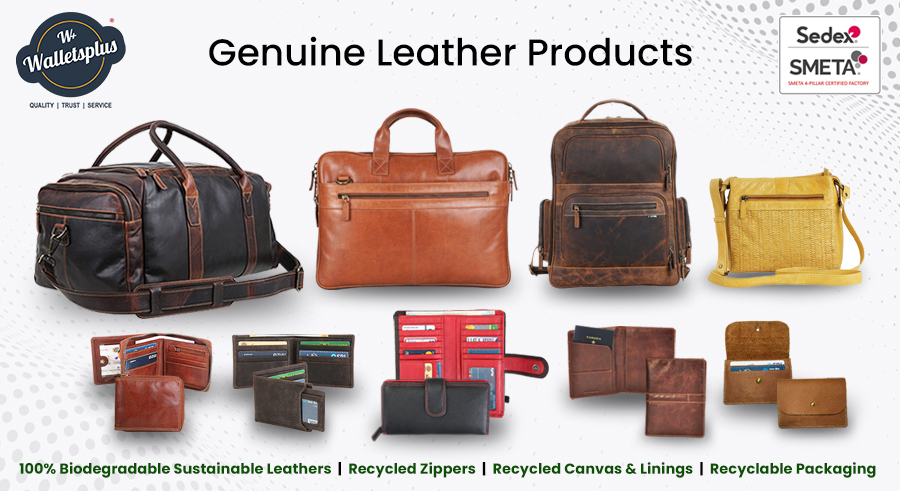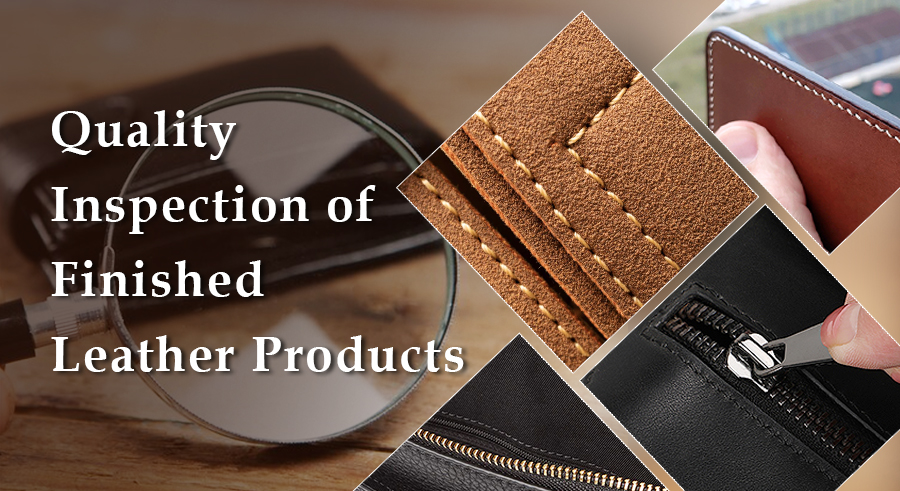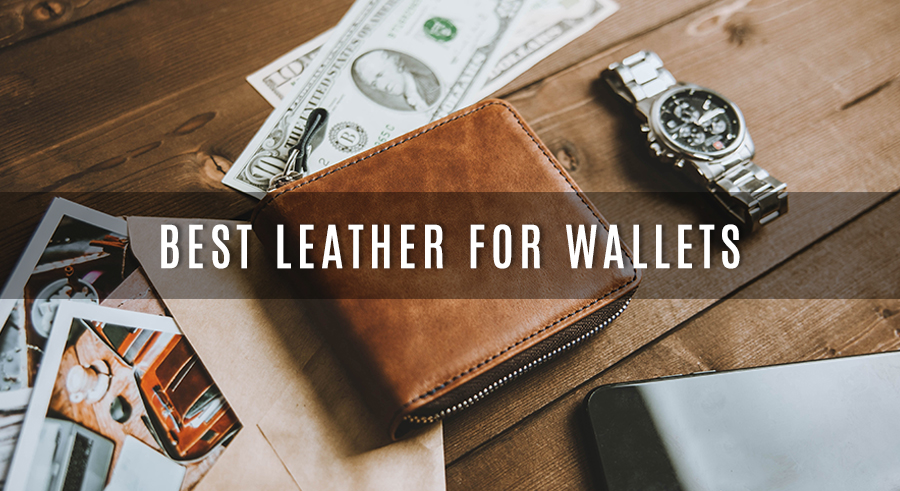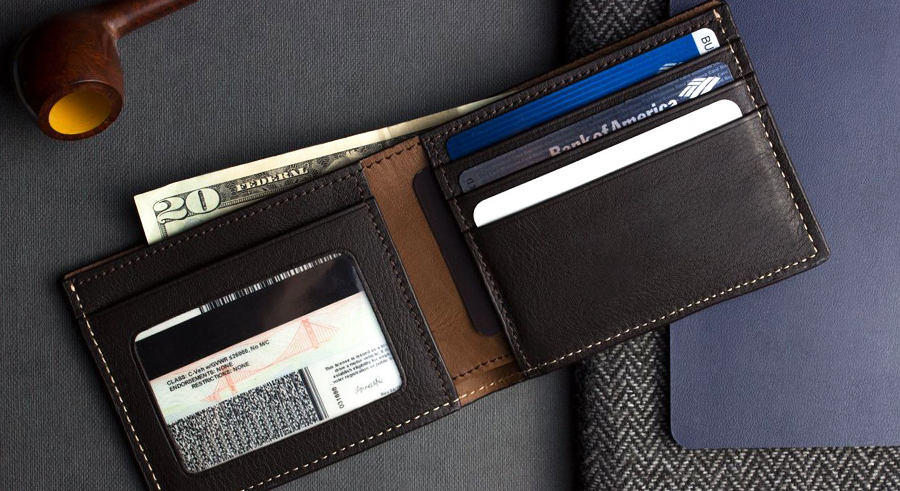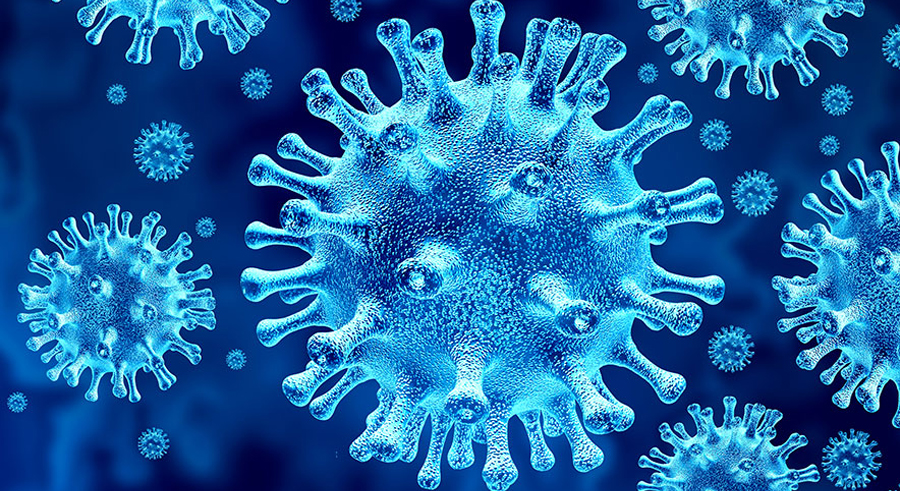Universities abhor plagiarism.
Brands detest counterfeit copies.
Law agencies despise forged currency.
Even God hates liars and fraudsters!
Why then, do companies promote lies with their false and misleading “LEATHER” products, when nothing in their products is actual leather?
It’s crazy even to talk about “PU Leather” or “Vegan Leather”. These are just not Leathers. It’s time we call spade a spade. Wrong information and shrill publicity with the aim of toying with consumers’ minds and sensitivities has muddled the idea of sustainability and Eco-friendly products. Let’s get it straight – “PU Leathers” are NO substitute to genuine leathers. They are NOT Biodegradable and harm the environment even more during their production process. So called “Vegan Leathers” on the other hand are NOT as durable or effective as genuine leathers.
New technology, innovations and regulations have helped leather processing and manufacturing immensely, by making it more sustainable and Eco-friendlier. New school of thought and approach with proactive leadership has changed the way leather is today processed and manufactured. Waste Management, Recycle-ability of goods, Monitoring carbon footprint, Eco-friendliness, preserving natural resources and ethical production is the only way forward.
Let us study a bit about faux leather.
Short for polyvinyl chloride, PVC leather, otherwise known as vinyl, is made by combining polyvinyl chloride with stabilisers which help protect the material, plasticisers to soften and lubricants to make the material flexible, this is then applied to a base material which are typically made from polyester, cotton, nylon, or rayon.
Out of the various options for faux leather fabrics, PVC is the most unrealistic in appearance when comparing it to real leather and also much less breathable and prone to cracking.
PVC has been labelled by Greenpeace as the “single most environmentally damaging type of plastic”. It is not biodegradable or degradable. This means that items made from PVC will retain their form for many decades and any breakdown that occurs is simply granulation where the pieces become smaller but do not disappear. PVC also creates dioxins, a group of highly toxic chemical compounds which are harmful to health and remain in the environment causing damage for many years after production. So yeah, please stop buying PVC products. Further, studies have shown that even animal life is unfortunately harmed due to the continual build-up of non-biodegradable material in the world’s ecosystems. These smaller pieces of PVC can be ingested by animals which can lead to blocked airways and other harmful consequences.
Similarly, PU (polyurethane) leather is made by applying or laminating a 100% polyurethane finish to a base material which typically include cotton, polyester, nylon, or rayon. An artificial grain pattern is then applied to the surface using a roller to produce the look of real leather.
Further, synthetic leather is produced with different chemicals and a totally different industrial process to real leather. Bonding together a plastic coating to a fabric backing is the most common way to make faux leather.

Vegan/Faux leather that is made with PVC or PU often has a very strange smell from the chemicals. It’s often described as a ‘fishy’ smell and can often be very hard to get rid of, especially while trying not to ruin the material. PVC can also outgas dangerous toxins that give off this nasty smell.
Vegan leather is also synthetic, it doesn’t form a patina like real leather does when ageing and it is much less breathable as the pores that are printed onto the surface of pleather are artificial.
Faux leather is known as vegan leather because the material used is never from animal skins but although this is a huge benefit for animal activists, the manufacture of synthetic leather is not beneficial to the environment or humans due to the toxins in the plastics used to make them. The manufacture and disposal of PVC-based synthetics let out hazardous dioxins, which can cause developmental and reproductive issues and even cause cancer. The synthetics used in vegan leathers also don’t fully biodegrade, although they can be broken down to a degree, they can also release toxic particles and phthalates, which can affect the health of animals and the environment.
We at WALLETSPLUS are conscious of the need of the hour for the environment. Hence, we religiously abide with our below corporate values.
PRESERVE – Striving to maintain surroundings in its original state.
PROTECT – Safeguarding our environment from harmful wastes and effluents.
PRODUCE – Manufacturing with the spirit of innocence and righteousness.
